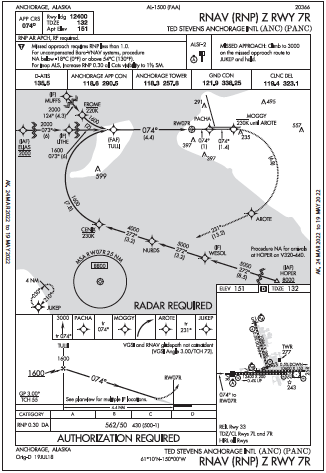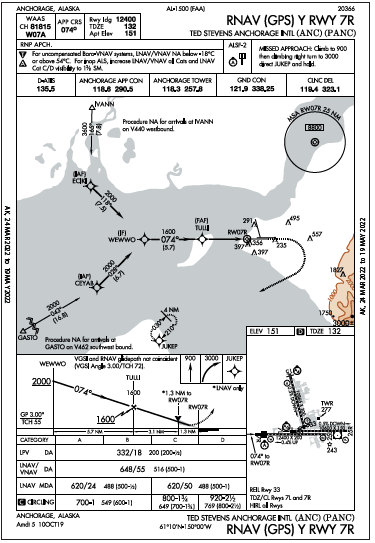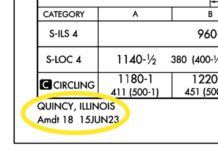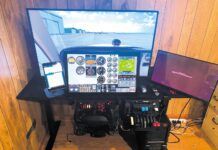Cleared to Land. Again.
It is always interesting to hear ATC’s side of the story—in particular Elim Hawkins’ response to Runway Separation in April’s “Questions Answered.” After 60 years of flying I’ve pretty much seen it all and this one was and is no different. I fly into OSH every year and enjoy the arrival procedures and challenges. However, sometimes ATC needs to see it from the pilot’s perspective and responsibilities and understand the PIC has the last word.
A few years back I was conducting a certification check and my applicant was cleared number two to land following a similar type aircraft both landing on an 8000-foot runway. On short final the number one aircraft was on the ground 4000 feet down and my applicant was cleared to land. He elected to go around since he was not comfortable with another aircraft on the runway even though it was within ATC guidelines, which he didn’t know.
After the go around and on down wind, the applicant reported down wind and the controller said and I quote, “Cleared to land. Again.” The applicant looked at me as if he’d done something wrong. I assured him he hadn’t. We landed and the controller asked us to call the tower which I said I would do. After debriefing the applicant and issuing him his new certificate I sent him on his way back to his FBO.
I then called the tower and identified myself as the pilot in the aircraft in question. I did not give them my name or position. The controller stated I was cleared to land and there was no reason to go around since there was 4000 feet separating the two of us. After his critique of my action, I then advised him who I was and that I was an FAA Safety Inspector. I told him I was conducting a certification check and the pilot made the decision to go around, which he felt best on the interest of safety. I advised ATC that their procedures are not made known to pilots and it is the pilot’s decision, in a case like this, as to whether he felt it safe to land with another airplane on the runway, regardless of how far it is down the runway.
I credit the controller for understanding the pilot’s decision. I did state to the controller that he should have given the pilot the option to land with another aircraft on the runway or go around. Remember when the accident occurs, it is the pilot who will be questioned as to their decision to land, not ATC.
Jim Shamp
Fresno, California

Indeed. Good story, Jim.
I doubt I’d have been as diplomatic with the controller as it sounded like you were. My initial thought, “The pilot in command of that aircraft did not feel it was safe to land under the totality of conditions that existed at that moment. He exercised his ultimate and irrevocable authority as pilot in command to go around and not land at that time.”
I’m reminded of an old joke: Q: What do pilots and air traffic controllers have in common? A: Well, when the pilot screws up, the pilot dies. And when the controller screws up, the pilot dies.
—Frank Bowlin
Fly Z to Y Minimums?
I have a question of practicality about the June 2022 Chart Clinic about PANC: Would there be a compromise to safety if an authorized crew were to fly the Z approach, but to the Y minimums? The final approach fixes are identical as is the course. Even the miss is essentially the same ground track.
Frank Loeffler
Cornish, New Hampshire
Interesting question, Frank. Without researching the actual path, clearance surfaces, etc., it sure looks like the path over the ground from TULLI (the FAF), to the MAP and then to JUKEP, the missed approach holding fix, is similar for each approach. But, with the lower mins on the Y version, you’d start the missed a moment later and further east, plus the initial straight climb to 900 feet further delays the turn to JUKEP.
It’s possible that the delayed turn to JUKEP on the Y approach allows the path to avoid some nearby obstacles by flying outside of them, where the quicker turn of the Z approach doesn’t adequately clear them, but that’s just speculation.
All that aside, if the lower mins were beneficial, regardless of whether the crew is authorized for the Z approach, if one is coming from the southeast, why not just request the Y version with vectors to final? Note that the Z version requires radar, so if that approach was planned, radar should be available to offer those vectors.
Likes Those ATC Articles
Just a note to say that my favorite IFR articles, for the last 2½ decades or so, have always been the ones written by air traffic controllers, from Paul Berge on … to Elim Hawkins and Tarrance Kramer.
So to get two such articles in your July issue was a real treat!
Keep it up!
Crista Worthy
Boise, Idaho
Thanks for your kind words, Krista. Actually, the doubling of ATC articles in July was kind of a goof.
We normally plan one ATC article in each issue. That’s not a rule, but is a nominal target. Thus, we ask our controller-contributors to submit one for each month.
As it turns out, we overlooked the June ATC article and the June issue didn’t have one. But, we then had two ATC articles to put into the July issue.





